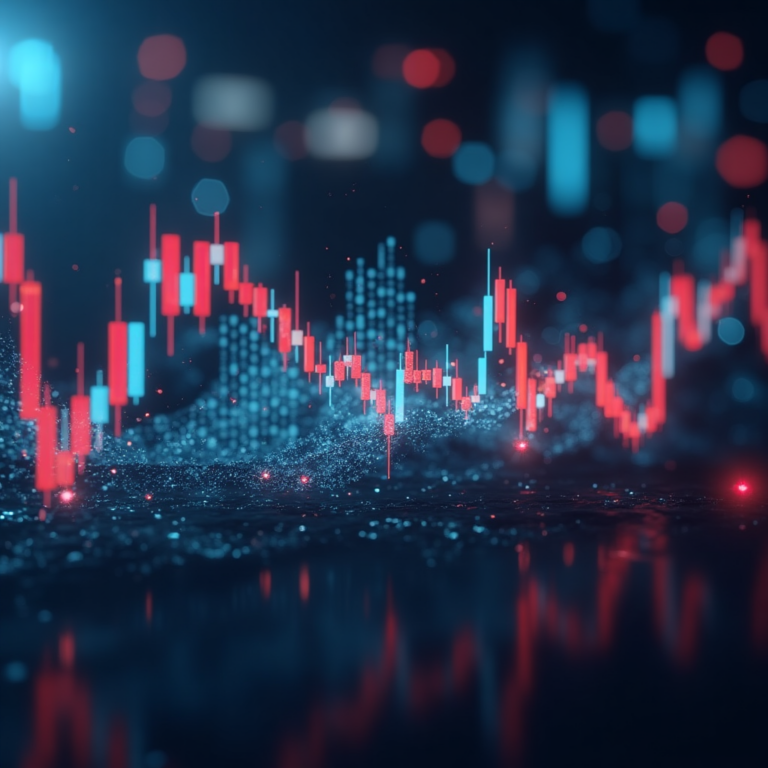In a surprising turn of events, US retail sales have defied expectations, climbing steadily as Americans dig deeper into their pockets to pay for one of life’s essential commodities: gasoline. The unexpected surge in retail sales is a testament to the ever-fluctuating dynamics of the American economy and the resilience of its consumers.
Why US Retail Sales Matter
Retail sales are a critical economic indicator as they reflect consumer spending, which accounts for a significant portion of the nation’s economic activity. When retail sales rise, it typically indicates increased consumer confidence and economic growth. Conversely, a slump in retail sales can trigger concerns about a potential economic downturn.
Breaking Down the Numbers
US retail sales surged unexpectedly in the past quarter, outpacing forecasts and sparking optimism among economists. What’s driving this unexpected growth? The answer lies at the pumps. Rising gasoline prices have played a significant role in bolstering retail sales figures.
The Gasoline Factor
Gasoline prices in the United States have been on a steady incline, thanks in part to fluctuations in global oil markets, supply chain disruptions, and increasing demand as people hit the road once more. As the cost of filling up their tanks rises, Americans are feeling the pinch in their wallets. However, this pain at the pump is translating into significant revenue for retailers across the nation.
The Ripple Effect
Higher gasoline prices don’t just lead to increased retail sales at gas stations; they also impact other sectors of the economy. When consumers spend more on fuel, they may cut back on other discretionary expenses, such as dining out or shopping for non-essential items. This shift in spending patterns can have both positive and negative consequences for different industries.
Economic Growth on the Horizon
While some may view rising gasoline prices as a burden, it’s important to recognize that this phenomenon is not occurring in isolation. The surge in retail sales, driven in part by gasoline expenditure, signals an overall uptick in consumer spending, which bodes well for the broader economy. This unexpected boost in retail sales may contribute to stronger economic growth in the near future.
What’s Next?
As we continue to navigate these uncertain economic waters, it’s crucial to keep a close eye on retail sales figures and gasoline prices. These factors can provide valuable insights into the health and trajectory of the US economy. While the current surge in retail sales may be driven by gasoline prices, it’s a reminder that economic conditions can change rapidly.
In conclusion, US retail sales have defied expectations, propelled by Americans paying more for gasoline. While this may initially appear as a financial burden for consumers, it has had a positive impact on the overall economy by boosting consumer spending and contributing to economic growth. As we move forward, it’s important to stay vigilant and adapt to the ever-changing economic landscape, where even unexpected factors like rising gasoline prices can drive significant shifts in retail sales.












